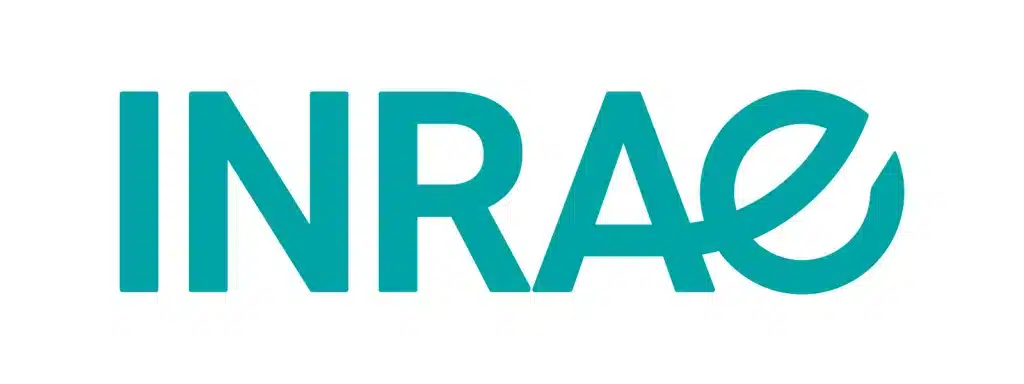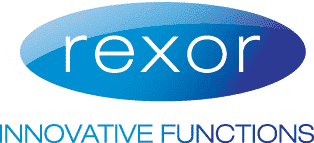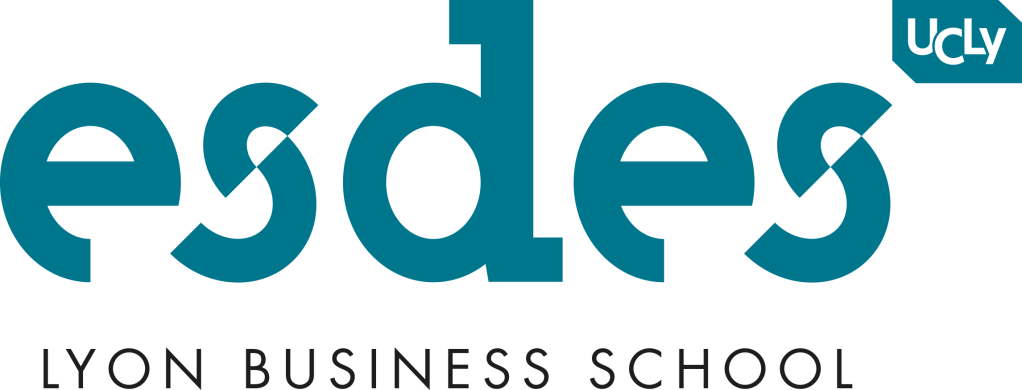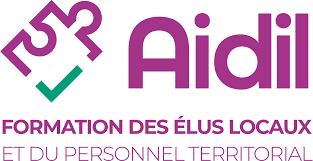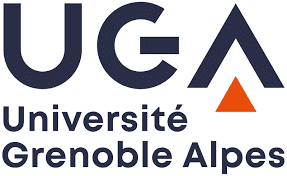 EMILIEN HAMEL
EMILIEN HAMEL
I'm an executive coach who is prepared to guide individuals and groups toward confident, comfortable, and effective communication. I offer services in speech preparation, presentation skills, and public speaking, by becoming confident in the content of your message and in the form. You will be able to master all the anatomical and non-verbal aspects to present the most authentic and assertive version of yourself, both when standing behind a lectern or presenting in a virtual meeting.
Everyone can learn these skills : having an effective speech is purely technical.

For project leaders: be eloquent and project more confidence to obtain what you want

For managers: persuade and move to action. Be effective and handle questions with authority

For introverted and shy people : master the anatomy, the expressiveness and clarity of your voice to let anxiety away.

For videoconferencing and telecommuting tools: overcoming fatigue and being effective remotely

For women: understanding the specificity of your voice and find your true resonant voice to achieve a clearer vocal delivery and overall stronger presence

For students: succeeding brilliantly in orals
Voice evaluation and diagnosis
We are all, more or less consciously, led to judge our interlocutors according to their voice. When someone's voice is shrill and unpleasant, we detect it. When someone has a hoarse voice, we sense that there is a story behind it, or that they have been in poor health.
The owner of the voice, on the other hand, is not always aware of the impact he can have on his interlocutors. He is not always aware of his own speech rate and apnea, which can make his audience or listeners uncomfortable.

This can be measured and analyzed scientifically: as the vocal folds are two membranes that vibrate independently of the rest of the body, a vocal diagnosis can therefore reveal the state of an individual's physiology.
Having a diagnosis allows you to have a snapshot at the moment of the nature of the vocal and emotional impact that you have with your interlocutors. A diagnosis also allows us to see which are the tracks of improvement on the short term and thus to modify the impact of its voice on itself first.... and then on the interlocutors. From this point of view, the accompaniment of a vocal coach trained to immediately grasp the impact of a voice, and therefore to make a quick diagnosis, is crucial.
In my practice, I proceed as follows:
- analysis of breathing (thoracic or abdominal) without and with phonation
- postural analysis
- vowel definition with dedicated software and harmonic spectrum analysis
- checking the flow and velocity of the flow
- Voice intensity with Decibel meter in interview, meeting and speaking mode
- check for jaw relaxation and tongue agility
- exploration of the different registers on different vowels
- Detection of weak signals on the GRABH scale (Roughness, Asthenia, air and hoarseness of the voice)
All these parameters allow me to measure the impact that your voice can have and thus set up a structured approach to magnify its impact.
Everyone leaves with a report and exercises to practice in order to progress quickly.
Not only is the voice diagnosis a work tool that makes it possible to determine a personalized accompaniment on the voice, but it also makes it possible to supplement advantageously the training courses of speaking that I provide. As the voice is a consequence of who you are, the diagnosis gives an idea of the general impact of your message.
Note that these diagnoses, especially on the voice, can also be done remotely and asynchronously. All you have to do is send me a short five-minute video presentation, a one-minute recording and a series of sounds that will allow me to analyze the harmonic spectrum of your voice as well as any weak signals in your voice.
NB: this diagnosis is in no way intended to replace a medical diagnosis, but to shed light on ways to optimize the vocal impact, and therefore the influence.
The four cornerstones

Posture
Without a good posture, vertical, tonic, invested and relaxed, the body is not available for the voice to resonate. The posture also allows you to have a direct impact on your interlocutors, who will perceive you as more assertive than you really are. The basis for getting a leadership voice is also having a leadership posture. Postural work is therefore essential for a quality vocal production and a breathing as fluid, available and deep as possible. Postural work allows you to have a dominant or confident vocal emission, depending on the musculature you are using. And it allows you to transmit emotions to your listeners. I evaluate these parameters especially during the first session and during my vocal diagnostics, which serve as a basis for my training and personalized coaching.

Breathing
Another fundamental basis to obtain a resonant voice that has an impact on your interlocutors is breathing. As adults, we often forget how to breathe because of our upbringing, certain traumas we had as children and the need not to stand out as an individual. This is particularly true in France where we are particularly inhibited on this specific point. Everyone breathes because it is an automatic reflex necessary for our survival. On the other hand, people who are fully aware of their breathing when they speak are rarer. They have a considerable advantage because they can control their stress, the rate and rhythm of their speech. The essential prerequisite for accessing one's voice is deep, healthy breathing, in a posture that is sufficiently relaxed for the body to be available to the resonance of the vibrations. Here is how it translates: It means breathing in deeply into the intercostal region, at the level of the diaphragm first to the clavicular region, and then accompanying, and even actively resisting, the natural movement of the diaphragm, the transverse muscle that separates the lungs from the abdominal wall, which rises as air is exhaled. This is the basis of the vocal support, which must be carried out in a constant way, with certain peaks chosen according to the moments of intensity of the speech. We approach these notions together through kinesthesia and proprioception, obviously with respect and without being intrusive, so that you can feel the movements of the diaphragm and the abdominal strap. This is why voice coaching goes far beyond speaking: it is necessary to include a biomechanical, muscular and respiratory point of view.

Voice production
Once the posture and breathing have been tamed, once the foundations have been laid, it is possible to start working on the voice.
The global method will allow to explore the different laryngological mechanisms (Fry, chest voice, head voice, whistle), the anatomy of the phonatory apparatus (false and true vocal cords, epiglottic sphincter, coracoid and thyroid cartilages, soft palate, tongue, lips, larynx, pharynx, etc), the different resonance cavities and registers (head, chest, mixed), and above all, contrary to many other methods, to see how complex the whole anatomy of the phonatory apparatus is and that it is absolutely necessary to understand the synergies of the posture, the breathing and the voice for an optimal result.
Postural and respiratory work are therefore essential to vocal work.

Mastery
You now have the posture, breathing and voice of a leader. It is important to see how a speech, a pitch, a conference can, and even must, come to life in order to make an audience captive. The global method will teach you to use your voice as a virtuoso musician can use his instrument, with your own voice, your body and especially the optimal way for you to use it. It allows you to go beyond all the public speaking training you can take because you will be able to master all aspects of the game whatever the rules. Indeed, you will use your voice in a different and adapted way according to the circumstances where you will speak. You will be able to adapt to your audience. You will be confident and have a real competitive advantage in confrontations, negotiations, crisis management, meetings or during a conference for example.
Make an appointment
Choose the service you want and continue the process until the confirmation emails are sent. It is better to book from a PC than from a phone. If you don't have confirmation emails, it's because you haven't gone to the end.
To book, full payment must be made when making an appointment.
A modification is possible 48 hours before.

Testimonials
Want to read recommendations from customers?
Some organizations who had tailored training workshops :
 CONTACT
CONTACT
You can contact me :
By phone at 06 76 74 76 54
By e-mail : hamel.emilien@gmail.com
You can reschedule a session up to 48 hours before it is scheduled.




